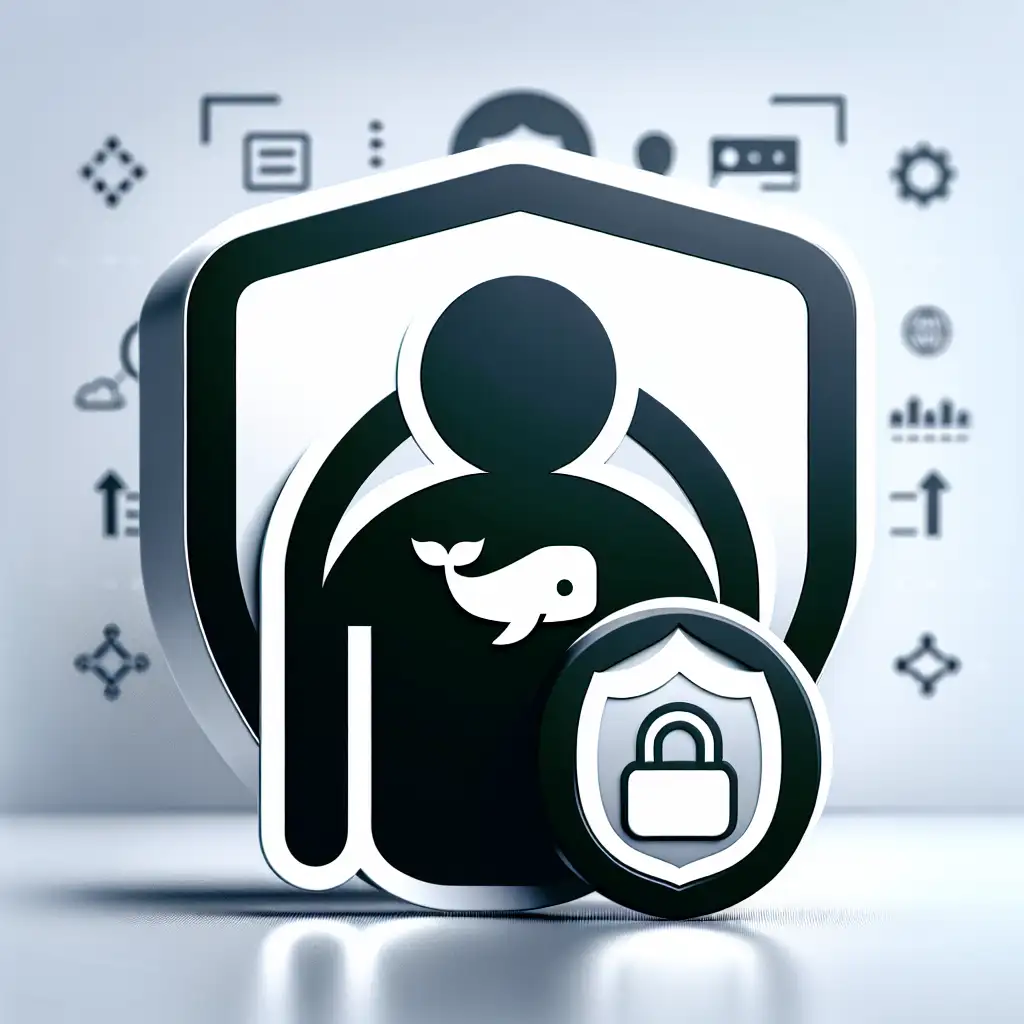How to Safely Add a User to the Docker Group Without Compromising Security
Most guides gloss over the security risks of adding users to the Docker group, treating it like a trivial step. This post flips the script—explaining why it’s a powerful shortcut that demands respect, and how to do it without inviting vulnerabilities.
When you’re working with Docker, the odds are high that you want to execute Docker commands without constantly typing sudo. The common approach is to add your user to the docker group, which grants permission to communicate with the Docker daemon. However, this convenience comes at a cost: the docker group effectively grants root-level access to the system.
In this post, I’ll walk you through how to safely add a user to the Docker group, explain why it’s a significant security consideration, and share best practices to help you keep your environment secure without compromising workflow efficiency.
Why Adding a User to the Docker Group Is Risky
Before diving into commands, here’s what you must understand:
- The Docker daemon runs as root. Any user who can interact with the Docker daemon can gain root privileges on the host.
- Membership in the Docker group = root privileges. Adding a user to this group essentially grants them unrestricted system control.
- Not just about your user. If an attacker compromises a user in the Docker group, they can escalate privileges easily.
This means: adding someone to the docker group is not just a convenience tweak — it’s a deliberate grant of high-level access.
When and Why Should You Add Users to the Docker Group?
- Use cases: You want to avoid typing
sudoto run common Docker commands. - Teams: Developers need to build and run containers efficiently without admin burden.
- CI/CD pipelines: Automation users require Docker access.
That said, when you give someone this access, you should fully understand the implications and control who gets added.
How to Add a User to the Docker Group Safely
1. Verify Docker Installation and Group Existence
First, confirm that Docker is installed and a group named docker exists (it usually does by default).
getent group docker
If the group doesn’t exist, Docker might not be installed properly or it might not have been created.
2. Add the Specific User to the Docker Group
Replace username with the actual user’s login:
sudo usermod -aG docker username
This appends (-a) the user to the supplementary group (-G docker).
3. Prompt the User to Re-Log or Use New Group Permissions
Group additions take effect at user login. So the user needs to log out and log back in, or you can activate the new groups without a logout by running:
newgrp docker
Example: Adding User alex to Docker Group
sudo usermod -aG docker alex
# Ask Alex to log out and back in, or run:
newgrp docker
Alex can now execute Docker commands like:
docker ps
docker run hello-world
without sudo.
Best Practices to Keep Things Secure
-
Limit the number of users added to the Docker group. Only add trusted users.
-
Use sudo whenever possible. For less experienced or temporary users, running Docker commands with
sudois safer. -
Audit group membership regularly. Run:
getent group dockerto review users who have Docker permissions.
-
Harden your host. Run security tools like SELinux, AppArmor, or seccomp to limit container breakouts.
-
Consider alternatives: Instead of giving raw Docker daemon access, use container orchestration platforms that provide APIs with more granular permissions.
-
Keep Docker up-to-date. Security improvements in Docker minimize risks over time.
Summary
Adding a user to the docker group is a powerful shortcut that simplifies day-to-day container management—but it’s not a trivial or harmless step. This group effectively grants root-level access, so treat it with caution.
When you do add users to the Docker group, do so deliberately:
- Confirm the group exists
- Add only trusted users
- Communicate the need to log out/in after changes
- Regularly audit memberships and your system security posture
By respecting these principles, you’ll enjoy Docker’s convenience without exposing your environment to unnecessary risks.
Got questions or want to share your own practices? Leave a comment below!
